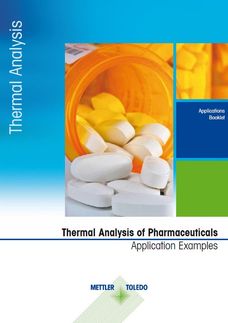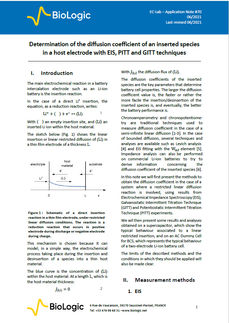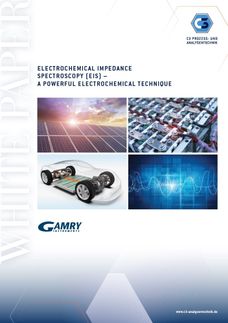How to characterize a catalyst? Cyclic voltammetry in action

Determination of the activity and stability of catalysts and materials for electrocatalysis
Green hydrogen, ammonia or fuels synthesized by CO2 reduction are considered to be the energy carriers of the future, as they can be used to store excess electrical energy. These energy sources are all synthesized by electrochemical process on electrode surfaces modified with catalysts. For the development of high-performance and long-lasting electrolysers or reactors, the used catalysts play a decisive role. Only active, selective and long-term stable catalysts make it into practice. In order to be able to identify and characterize these within the development phase, electrochemical measurement methods – such as cyclovoltammetry – are used.
This white paper describes cyclovoltammetry as a measurement method and how it is used for catalyst characterization:
- Determination of the active surface area of electrodes
- Determination of the electrochemical window of electrolytes
- Tafel analysis for the determination of catalyst activity
- Determination of catalyst stability
- Characterization of nickel oxides for use as catalysts in water electrolysis
Download white paper now

How to characterize a catalyst? Cyclic voltammetry in action
Determination of the activity and stability of catalysts and materials for electrocatalysis






